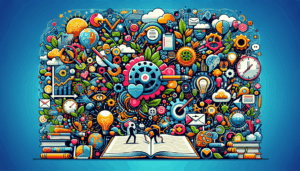In 2023, 59% of companies in the European Union (EU) reached at least a basic level of digital intensity. For small and medium-sized enterprises (SMEs), the percentage was 58%, while for large enterprises the figure rose to 91%.
The basic level of digital intensity, measured by the Digital Intensity Index (DII), involves the use of at least 4 out of 12 selected digital technologies. These technologies include artificial intelligence, social networks, cloud computing, customer relationship management (CRM), or e-commerce sales representing at least 1% of total business volume.
The data reveal that, at least at a basic level, businesses with low, high, and very high levels of digital intensity are included, excluding those classified as very low level.
One of the goals of the Digital Decade is that, by 2030, more than 90% of SMEs in the EU achieve at least a basic level of digital intensity. Currently, EU SMEs are 32 percentage points away from reaching this goal.
4.4% of SMEs in the EU reached a very high level of digital intensity, while 19.6% reached a high level. Most SMEs recorded low levels (33.8%) or very low levels (42.3%) of digital intensity.
The highest percentage of companies that reached a very high level of DII is in Finland (13.0%), Malta (11.4%), and the Netherlands (11.0%).
Conversely, countries with more companies characterized by very low digital intensity were Romania (72.1%), Bulgaria (70.6%), and Greece (56.2%).
via: MiMub in Spanish










